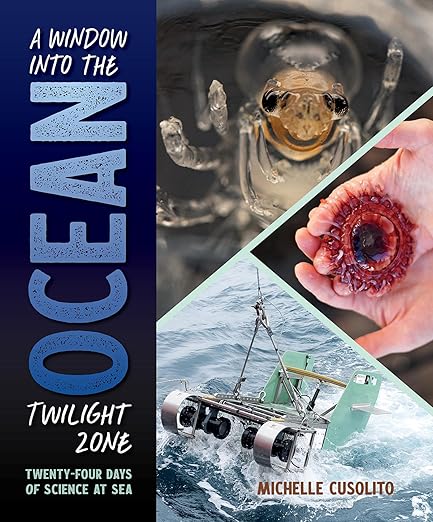2018 School Spending Survey Report
A Window into the Ocean Twilight Zone: Twenty-Four Days of Science at Sea
Charlesbridge.
May 2024.
144p.
Tr $18.99. ISBN 9781623543020.
COPY ISBN
VERDICT A somewhat flat but thorough, rigorously researched and reported first-person nonfiction text; it should be considered for school libraries only to support curriculum or student interests.
ALREADY A SUBSCRIBER? LOG IN
We are currently offering this content for free. Sign up now to activate your personal profile, where you can save articles for future viewing





Be the first reader to comment.
Comment Policy:
Comment should not be empty !!!